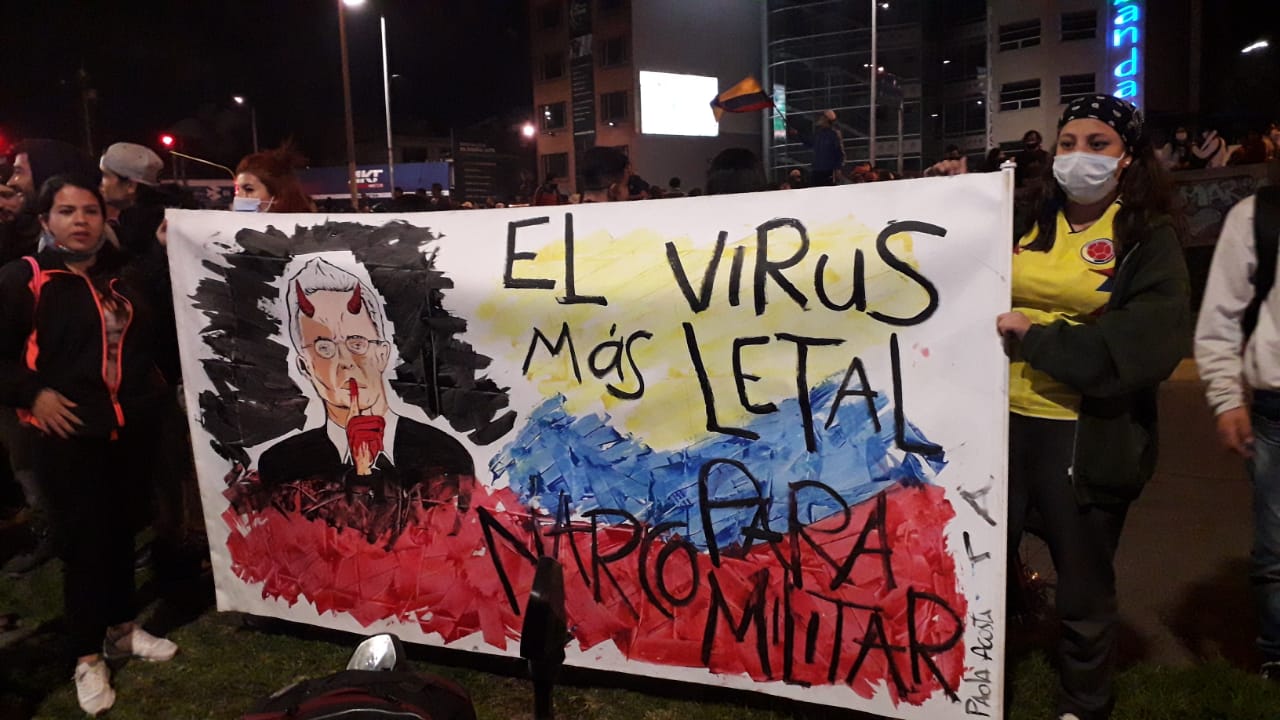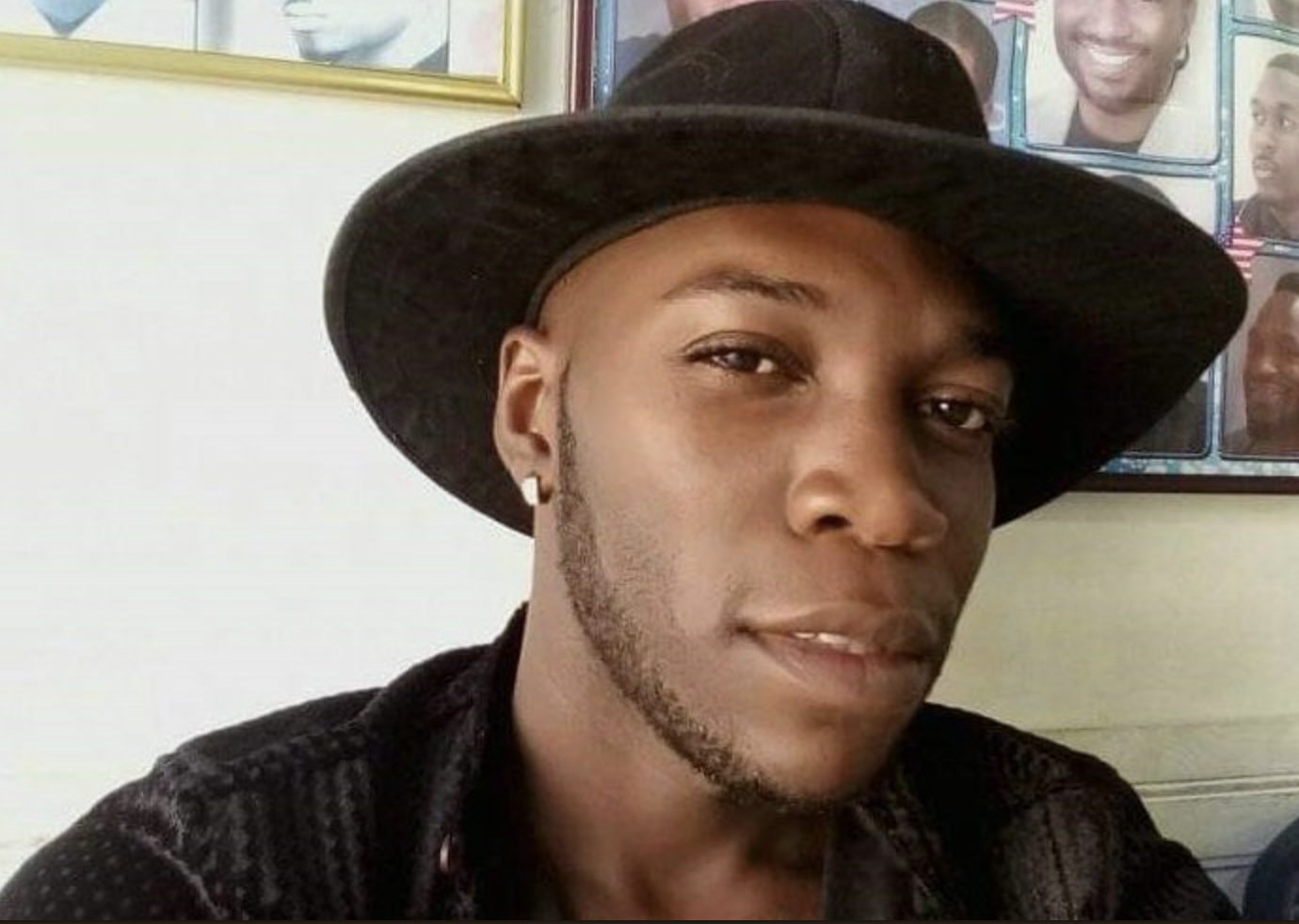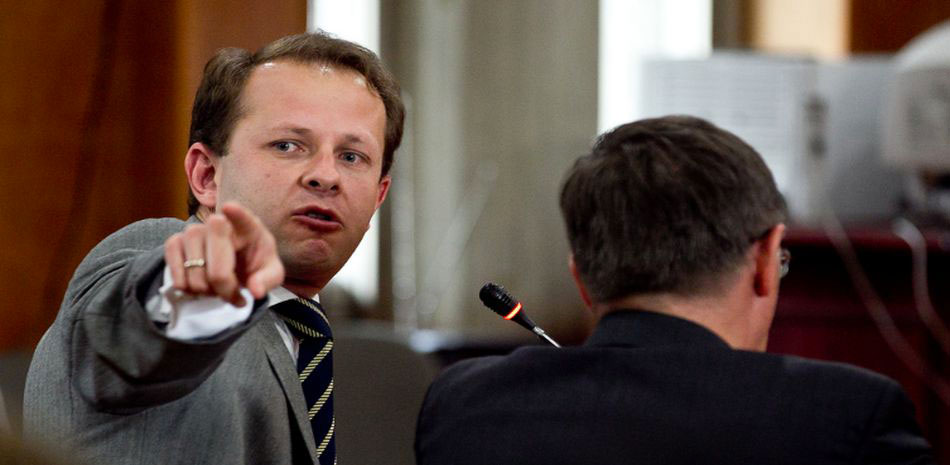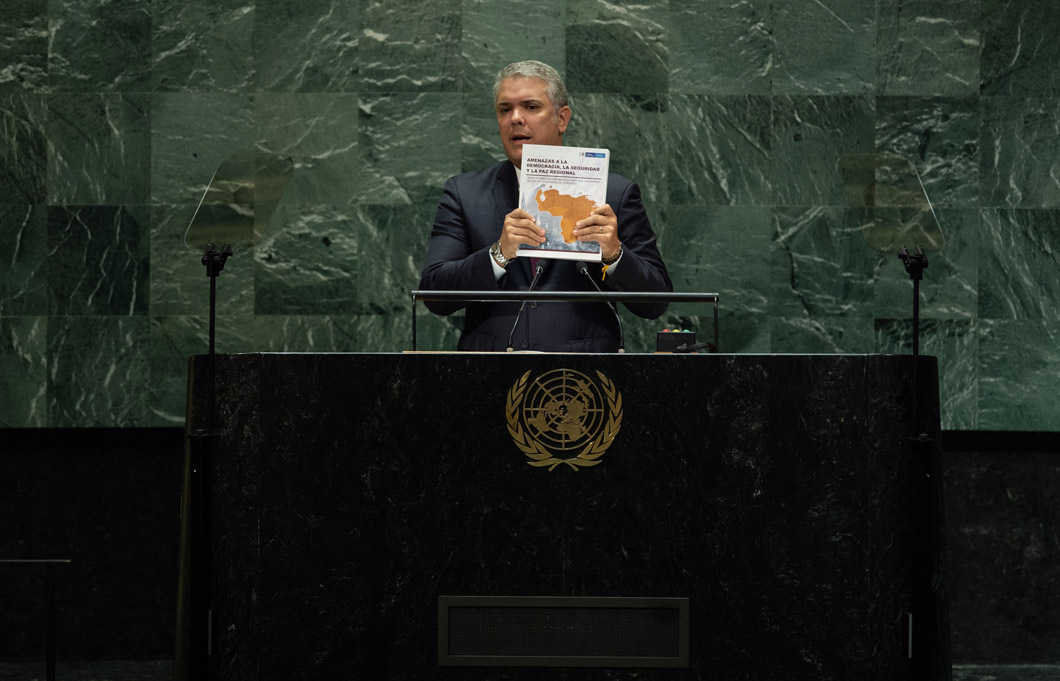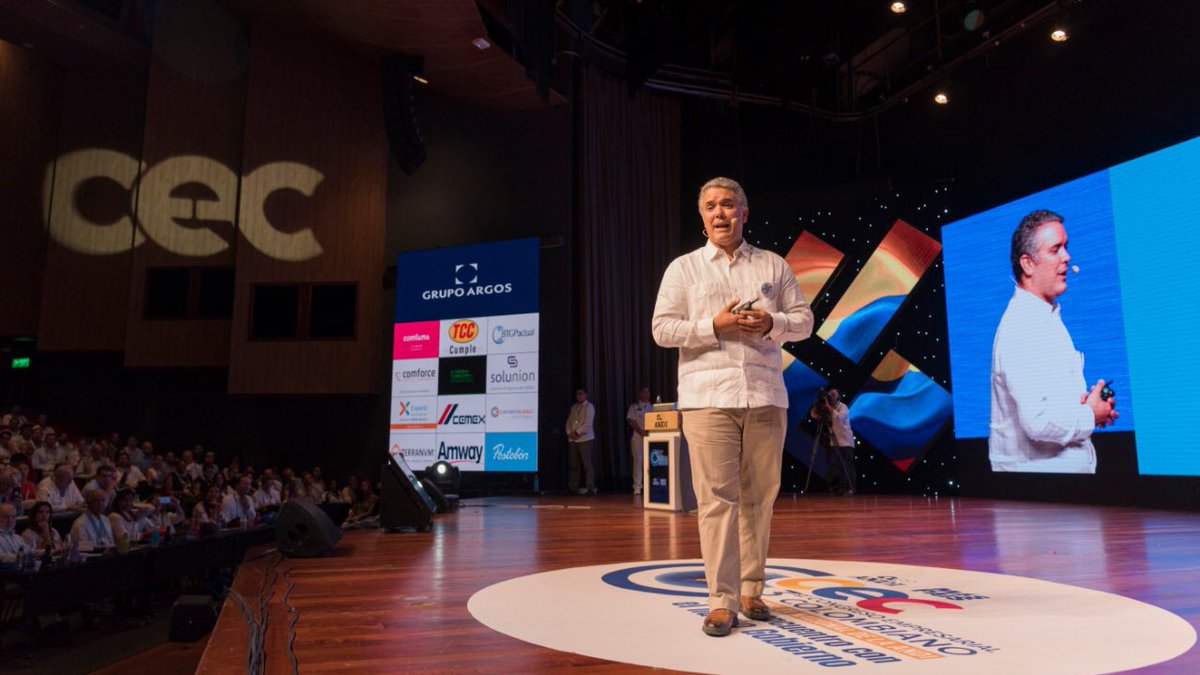The government announces ambitious plans to ease out of the crisis. But it could get worse before it gets better.
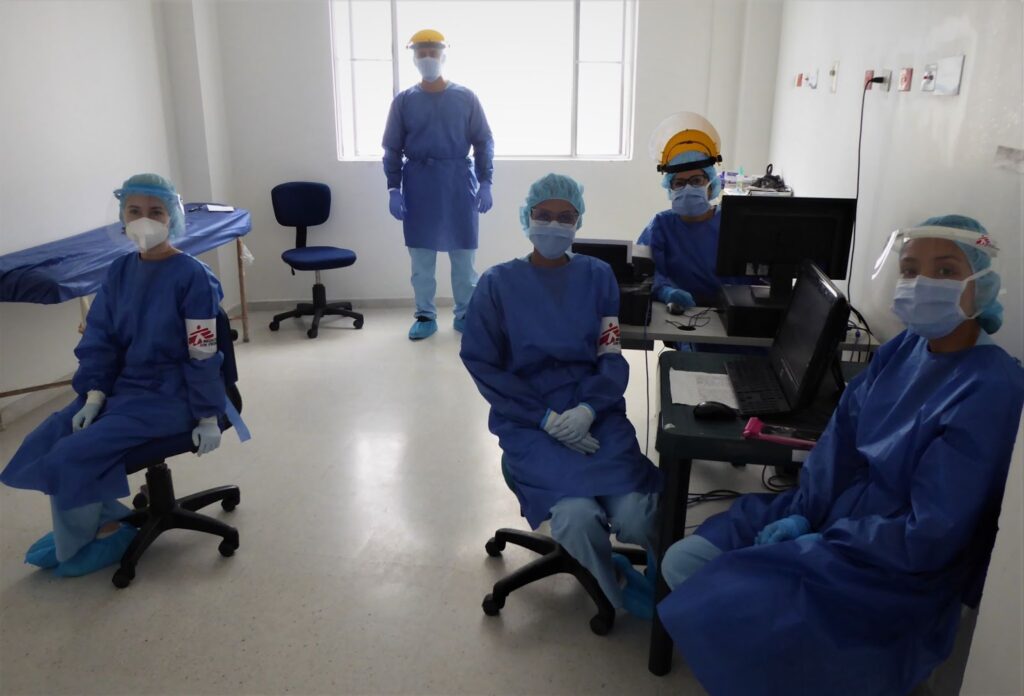
After 14 months of crisis, and in the midst of a deadly third peak currently killing a record-breaking 500 people daily in recent weeks – including many younger deaths – Colombian health authorities have announced a phase-out of COVID-19 restrictions designed to contain the virus.
The question for many people, particularly in cities such as Bogotá, is: “What restrictions?” Apart from adherence to facemasks, to casual observers, the streets of the city have been operating near-normally for at least the last month.
Where we can expect changes now are in schools and colleges, international travel, sport and the hospitality sector. Key changes we can expect locally and nationally are:
- No need for COVID-19 tests, tracing apps and quarantines for both national and international flights (inbound) from June 8.
- Progressive return to presential school classes from July 15.
- Near-normal operation of restaurants and food outlets
- Easing restrictions on sporting and cultural events, late night bars and discos.
Another question for many Colombians is: “Why now?”
The country is in 10th place worldwide for active COVID cases, and 19th place for accumulated deaths per population. But historically Colombia has done better than both the USA and UK in terms of accumulated deaths per population. This suggests some agility in its COVID-19 response. But cases are higher than ever. Can Colombia get the re-opening right?
Communities need fixing
One politician leading the charge for a return to normality is Bogotá Mayor Claudia López, the same who pushed for stricter lockdowns in April last year.
Undoubtedly, she had read the runes of social unrest that unravelled last month into six weeks of protests and deadly riots leaving 60 people dead.
The clashes were initially anger at tax reform, but then a dam-break of frustration in poor barrios left even poorer by COVID-19 – and its restrictions – even as wealthy Colombians were flying to Miami to jump the vaccine queue, gracias a Uncle Sam.
Even the mayor admitted the contradiction in starting to end COVID-19 restrictions in the current peak. But she pointed out that communities need fixing.
“From the point of view of the social, economic and political context, with deep institutional mistrust, unacceptable poverty and unemployment that is especially affecting women and young people, it is necessary to do so,” she explained.
Behind this realpolitik is some political handwashing. Bogotá’s supreme leader was widely ignored in May when she implored the city’s angry youth to “stay home” to avoid the protest marches which many predicted would create superspreader events.
A medical doctor working in COVID-19 expressed to The Bogotá Post last week: “There’s no point keeping half of Bogotá locked down if the other half are crowding the streets. And if the hospitals overflow, the protesters share some blame.”
The fact remains that Bogotá’s buses were filling up even before the paros, and popular excursions such as the weekend walk up to Monserrate are more crowded than street marches.
But no-one doubts the dangers ahead for the capital, or where the blame will lie if it goes wrong.
Is COVID past its peak?
For a start, the assertion by Mayor López that Bogotá has “past the COVID-19 peak” is probably premature. Cases are on a plateau and could rise again before they go down, raising the spectre of hospitals closing their doors to the dying – an uncomfortable scenario.
Bogotá, with ten million inhabitants, has already seen the lion’s share of coronavirus with 28% of the country’s 3.5 million cases reported to date, and nearly a quarter of the 90,000 deaths.
Mayor López announced the roll-back of restrictions the same week the city saw a record 160 daily deaths, and Intensive Care Unit COVID beds occupancy briefly reaching 100%. This is a tipping point where the survival chances of critically ill patients are reduced to zero as desperate families find hospitals to take in their loved ones.
Studies have shown a correlation between ICU occupancy and survival rates: The fuller the beds the less chance individual patients have of making out alive as medical staff and supplies such as oxygen are stretched to the limit.
And it’s not just COVID: Bogotá counts on 2,736 ICU beds of which 2,262 are for COVID-19 patients. But as these fill up, and with general shortages of staff and supplies, there is also intense pressure on non-COVID beds which often cater for the city’s high levels of accident victims, often related to road carnage after late-night booze on weekends.
This was one reason that city leaders had imposed curfews and alcohol restrictions during the last year.
Step by step reactivation
How will the system cope with peak COVID and a population off the leash and on the lash?
This concern has led to some back-peddling from the health authorities with a narrative change from “raising all restrictions” to “step by step reactivation” across the country according to health indicators.
According to Health Minister Fernando Ruiz, the country’s towns and cities will be graded according to a system called IREM (Índice de Resiliencia Epidemiológica Municipal) that measures:
- The COVID-19 vaccine uptake and prevalence of COVID-19 in the community (immunity acquired by vaccination or exposure to the disease itself).
- The strength of the local hospitals.
- The COVID test and trace levels.
The system, which is not unlike some of the “traffic light” schemes in other countries, will give a score between 0 and 1 for each area. Areas that score closer to 1 will have fewer restrictions.
Like most countries, Colombia’s Health Ministry is counting on COVID-19 vaccination as the only sure way out of the crisis.
The IREM scheme gives a pay-off for local leaders to promote their local vaccine rollout as they can tell their communities: “Hey, you want us to open the discos – well get the jab.” Keeping cases low and ICU occupancy rates below 85% will bring real benefits, the health minister explained last week.
In contrast, rising rates could bring new restrictions.
Key to ending restrictions will be the accelerating vaccination campaign. This month Colombia is vaccinating over-50s, some key workers and other vulnerable groups. To date, around 20% of the population has had at least one jab of Pfizer, Astra Zeneca or Sinovac vaccine and has secured enough vaccines for the coming months.
The Health Ministry has also announced the start of private jabs with the Chinese Sinovac vaccine – now WHO-approved – via companies wishing to accelerate vaccination of their employees.
As we reported last month, the vaccine impact has already been seen in a massive reduction in cases and deaths among health workers, the first to be vaccinated in March this year. It is too early to see the impact on the general population. The high death rate is related to people infected before the vaccines, or in younger persons yet to get the jab.
A plan to level up
How will the IREM scheme work in the real world?
Probably not perfectly.
COVID-19 data is already weak in many areas of Colombia – some estimates suggest that real cases and deaths are 30% higher than reported. And tying benefits to results could create a perverse incentive for authorities to cover up COVD-19 cases, as is already happening.
Poorer communities, already disadvantaged in terms of health services, are likely to see slower vaccination rollout and reduced chances to meet IREM indicators. A plan designed to level up the Estrato Unos could have the reverse effect as swanky areas pull ahead.
Still, most people in Colombia welcome any chance to get out of the COVD crisis and return to bars, dances, discos, church services, or football matches.
But, for many, the lurking question is this: Is the worst of coronavirus still to come?

